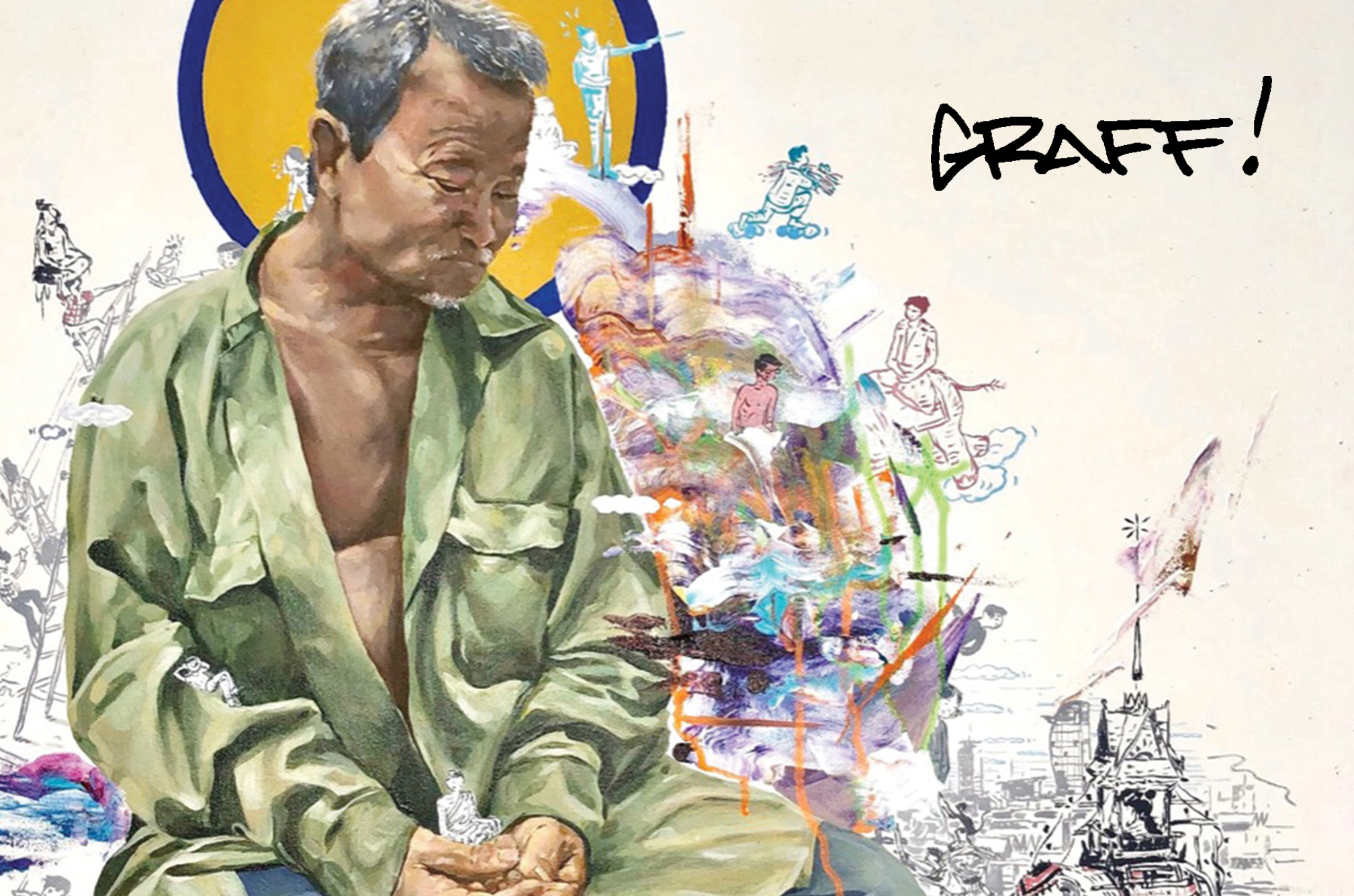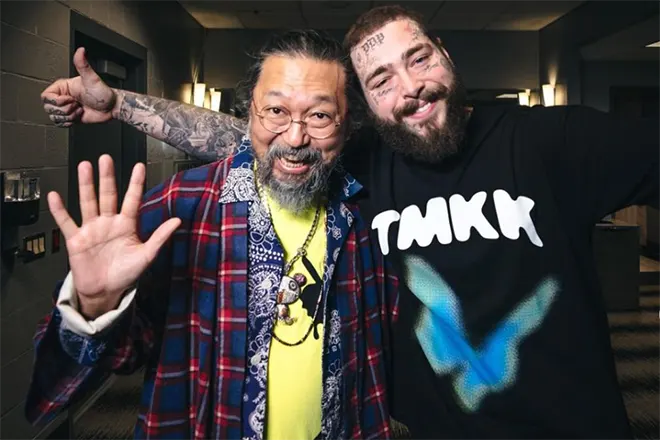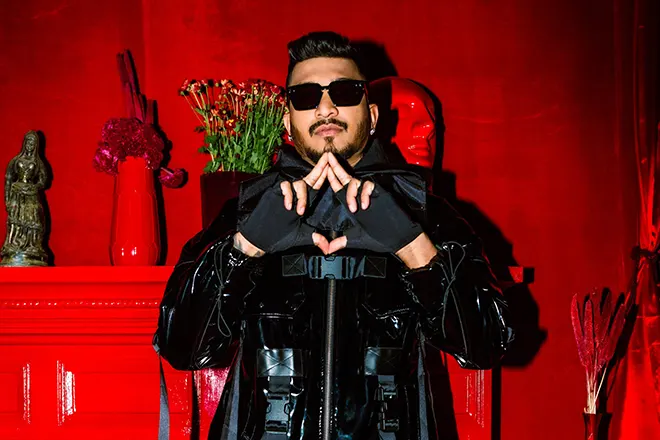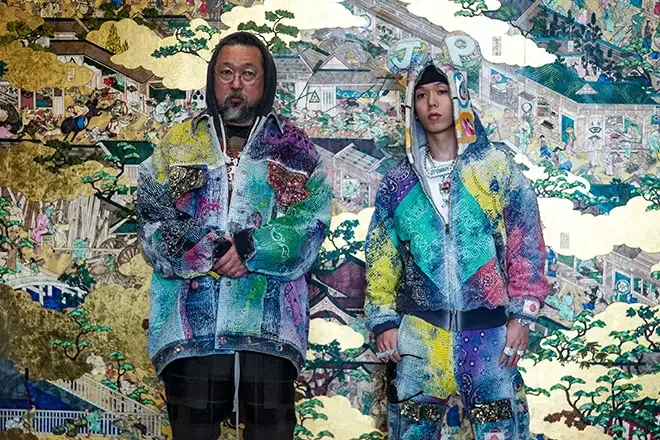Interview
GRAFF- FONKi’s roots remain in graffiti & Cambodia
“Graffiti & Hip Hop culture was & still is a way to connect to any culture & country I go to paint”
Cambodia was once the center of the world but has had one of the roughest histories of any Asian country. The former French colony has suffered calamities, regime changes, Japan’s occupation, civil wars, and notably, the devastating reign of the Khmer Rouge from 1975 to 1979, which eventually led to the most ruthless genocide of the 20th century with 1.5 to 2 million deaths. It is estimated that 90 percent of academics and artists were executed or exiled during the Khmer Rouge regime. This annihilation of a generation of artists severely crippled the passing down of traditional Khmer arts, but a handful of new generation artists in various mediums have managed to salvage the long-lost arts. One of these artists is FONKi.
Raised in Montreal, Canada from Cambodian parents who sought refuge from the Khmer Rouge genocide, FONKi always had a strong bond with the traditional Khmer culture despite growing up in Canada. FONKi started tagging his name everywhere from the age of four but got hooked on graffiti when he was 15 and has since been obsessed with this art form.
In 2012, his life took a big turn as he starred in a feature documentary, The Roots Remains, where he documented his return to Cambodia. There, FONKi started using Kbach style, a unique form of graffiti that incorporates the intricate Khmer elements with the expressive hand styles of graffiti. This eventually caught a lot of attention and boosted FONKi’s career. Now, he has become a world-renowned artist who extended his talents outside street arts into fancy galleries and auction houses, yet his roots remain in graffiti and Cambodia.
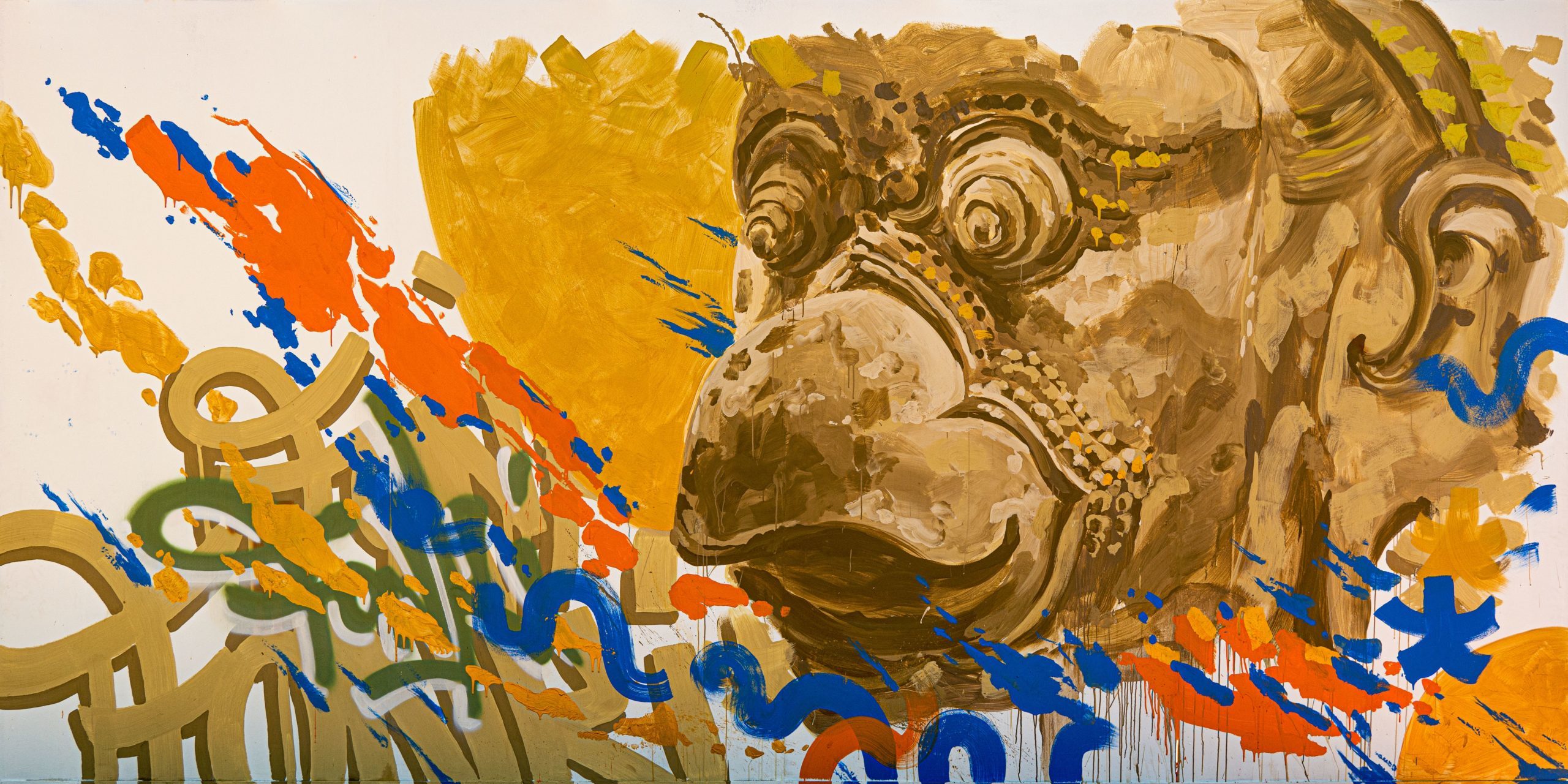
Tell us about your upbringing. How did an Asian kid from Montreal get his head start to become an artist? Have your parents always been supportive of you pursuing the path of art?
I have always been a drawer as far as I could remember. In fact, I remember drawing stuff when I was only three years old. But what truly opened the door to becoming an artist was the graffiti culture I plunged into when I was 15.
My parents have always been extremely supportive when I started studying art at school. They were a bit concerned though during my teenage years because I was always brought home by police because of vandalism. Good thing I turned that into a career!

How did you get introduced to graffiti?
I just loved doing tags on stuff. I think I did my first tag at four and just never stopped throughout my primary and junior high school years. Just tagging everything, from my parents and uncle’s home wall to the buses. I was 15 when I got introduced to the graffiti culture from my high school friend SMOG FT for the first time, and the rest is history.

You are also widely recognized as the inventor of Kbach graffiti, a unique style of lettering that welds traditional Khmer art with a modern aesthetic. Tell us more about the process. What is the inspiration behind it and how did you balance the authenticity and the new elements when coming up with Kbach?
When I went to Cambodia in 2012 to shoot the documentary film The Roots Remain. I wanted to rock walls that reflected our Khmer Culture. So during the first month, I went to Angkor Wat and studied elements of the Kbach ornaments engraved there, and then I got this Kbach Book!
I didn’t invent anything, I simply mixed traditional graffiti piece letterings with existing Kbach ornaments. It’s like cooking, you know! Shout out to my man Peap Tarr and homegirl Lisa Mam who have been rocking street art murals with Khmer/Kiwi elements since 2010. It’s cool to see over the past decade a little scene blooming from practically nothing to what we have now.
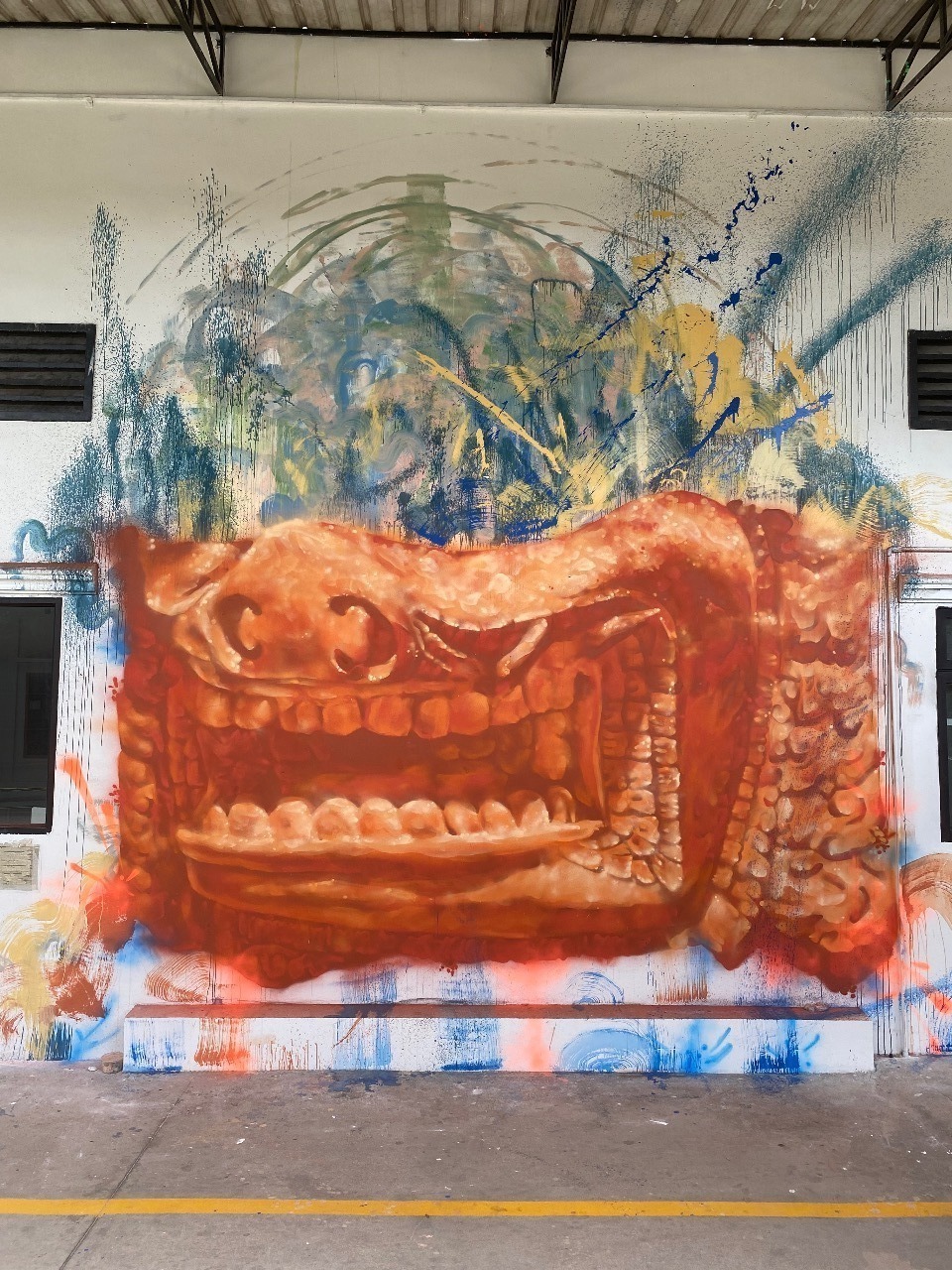
Can you tell us more about the distinctive features of Khmer arts?
Khmer art is so ancient and goes way back to the Angkorian middle age and way before. It was the center and biggest empire of the region back then, so its influences can be found in many countries. The curves and decorative ornaments are so rich and detailed. It also reflects the crazy tropical richness we have here. I mean, even simple flowers can’t grow simply and are a mix of complex and harmonious curves. There’s so much to talk about Khmer Arts so I’ll just stick to that example to avoid writing a thesis.

How has the Western world responded to your art?
It shifted when I first picked up Kbach graffiti and started doing lots of realistic portraits, mainly of everyday Khmer people. As soon as I came back to Montreal, I started to get attention.

You have been involved in many different projects, both commercial and artistic. What is the most memorable experience in your career?
Each project has its own unique memory but if I had to choose one, The Roots Remain, the documentary film I was lucky enough to be featured in. It was directed by my FT brothers Andrew Marchand-Bodd, Jean-Sébastien Francoeur, and assisted by my other brother from another mother 1BL3. And truly it is a once-in-a-lifetime opportunity, somehow it changed the trajectory of my life, too.
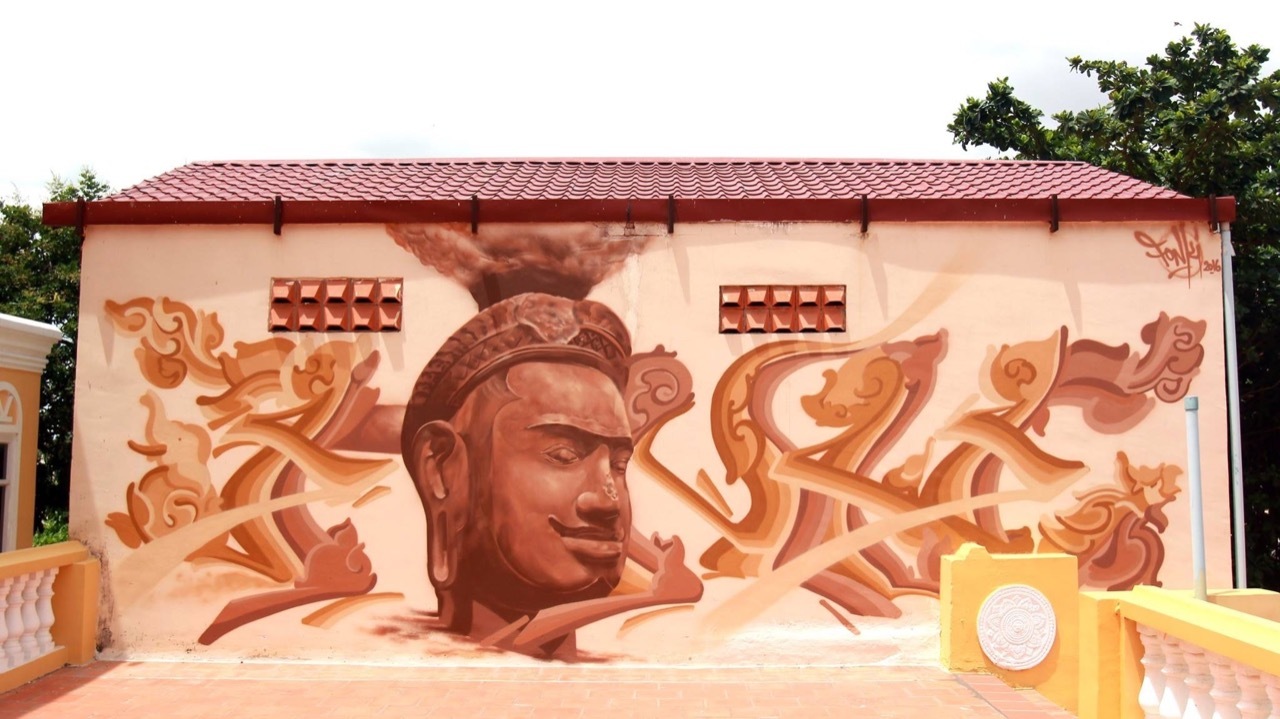
Cambodia’s art scene is going through a renaissance after decades of oppression from the menacing Khmer Rouge. Do you feel, as a Cambodian of the newer generation, you have the mission to help revive the culture and promote it to the world?
Definitely. When it's been in your blood for so many generations, you just can’t run away from it. You have to simply commit to it. But It’s a pleasant duty!
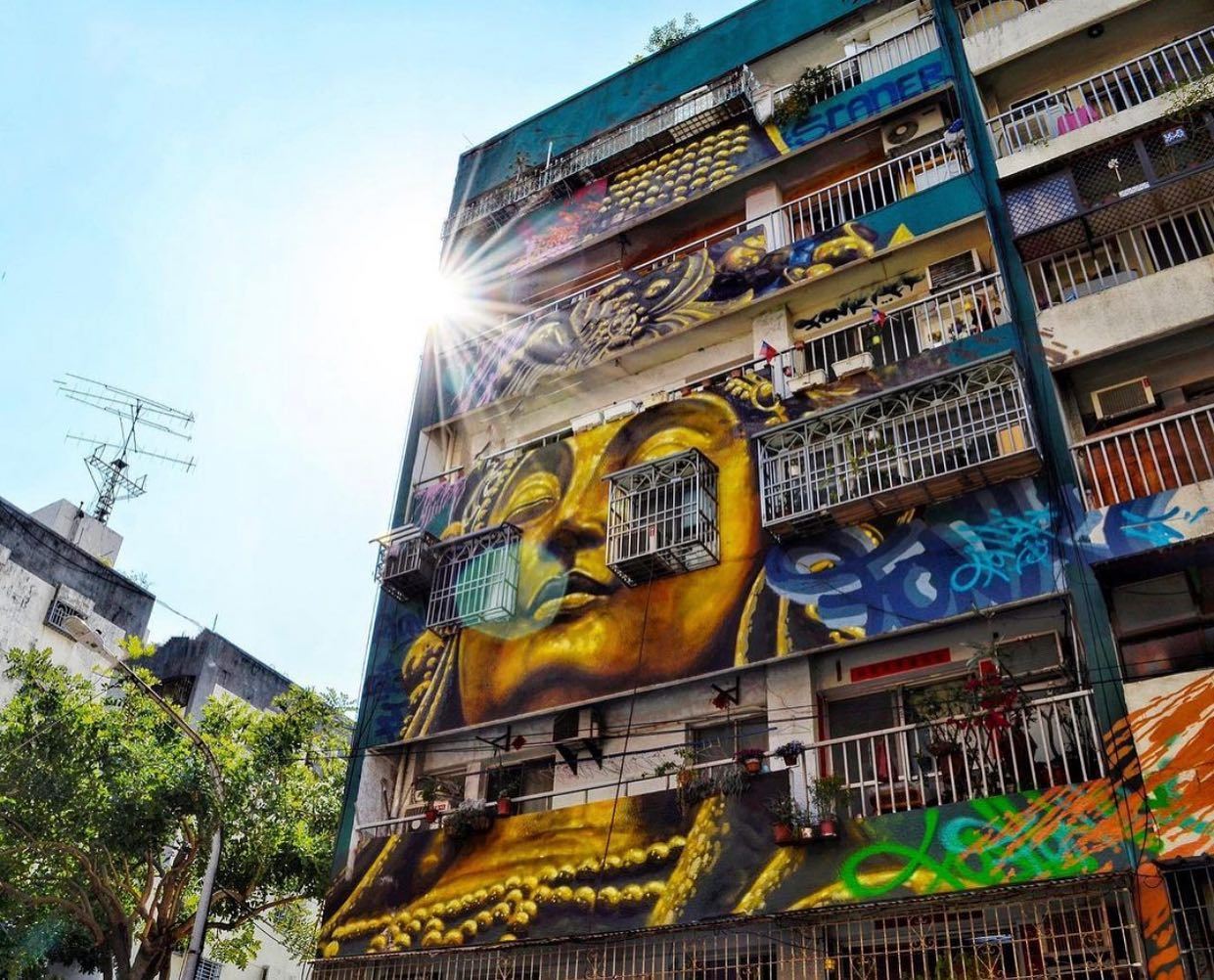
As a second-generation immigrant, have you ever had an identity crisis as you feel dissociated from your own culture? If so, has graffiti been your way to link with your roots?
I had phases where I was a bit confused but never really had an identity crisis like many of my fellow first- or second-generation immigrants. It’s most probably due to the education I received from my parents. They are very open-minded to the world and made us unconsciously understand that we didn’t have to choose between one identity or another. From the day my brothers and I were born and raised a bit in France, to when we migrated to Canada, to when we traveled the world altogether as a family, we’ve been taught to be citizens of the world. I try to take the best of each culture and leave the bullshit aside. Graffiti and Hip Hop culture was and still is a way to connect to any culture and country I go to paint.

Lastly, if you are provided the opportunity to paint wherever you want, where would it be?
Bring me to the moon!
Check out FONKi’s Instagram here and you can watch The Roots Remain below.

